
Categories


What to wear for a Marathon - Essential marathon running gear

How to start run commuting - a beginner's guide

What to wear for running in winter - essential running clothes to stay warm, dry & visible
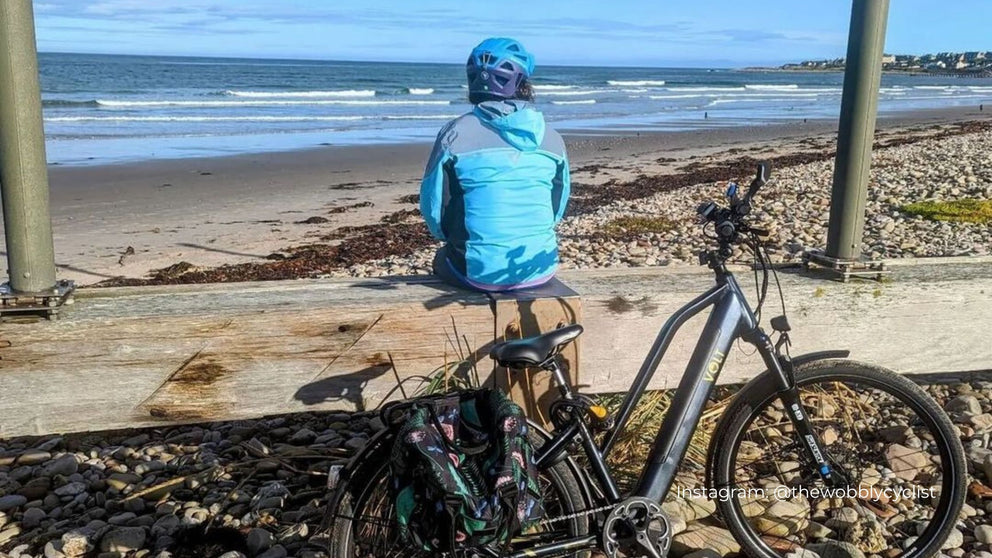
The average cycling speed for beginners & expert tips on how to cycle faster
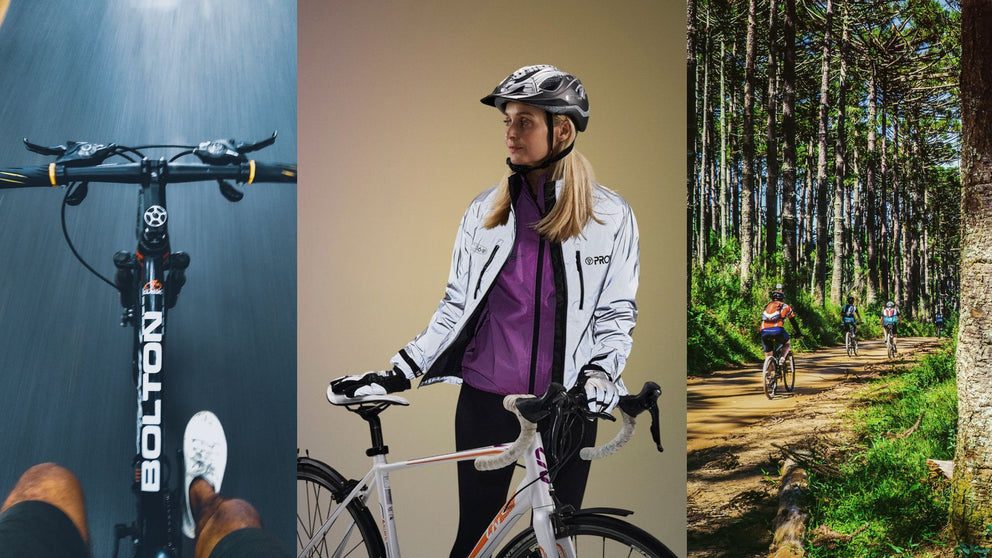
Is cycling good for weight loss? 5 Tips to lose weight cycling
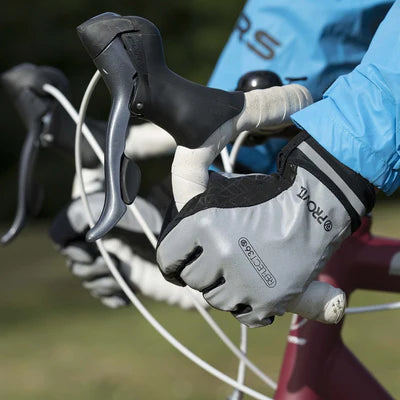
Cycling gloves: A beginner’s guide to choosing the right pair
Learn about the different types of cycling gloves, their benefits and how to choose the perfect pair of cycling gloves for your next bike ride.

What to wear mountain biking - a beginner’s guide
Get ready to hit the trails with our expert tips on what to wear mountain biking, from the perfect mountain bike jacket to essential accessories.

The best gifts for cyclists: Must-haves that every cyclist needs
Discover the perfect gift for the cyclist in your life and take their next cycling adventure to a new level, whether they're a beginner or...
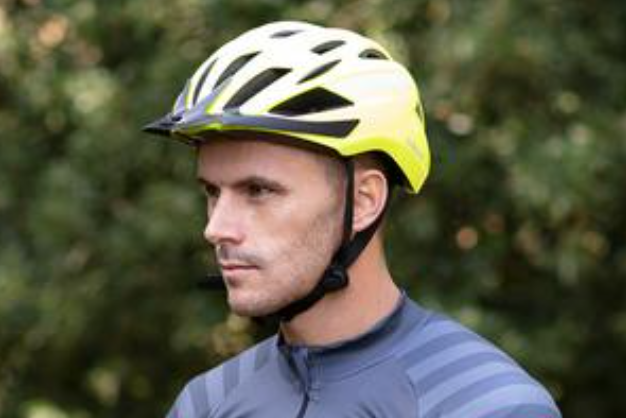
How to measure your bike helmet size: A cycling helmet size guide
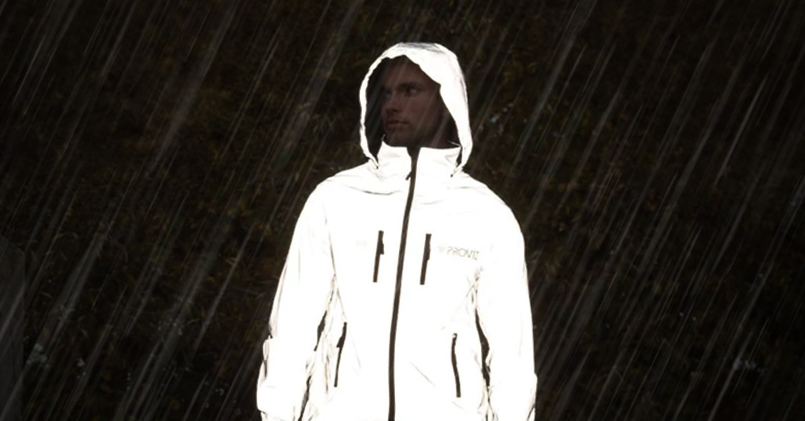
What to wear for cycling in winter - essential cycling clothes to stay warm, dry & visible
Stay warm and stylish on your winter rides with our ultimate guide to what to wear for cycling in winter. From jackets to gloves, we've...
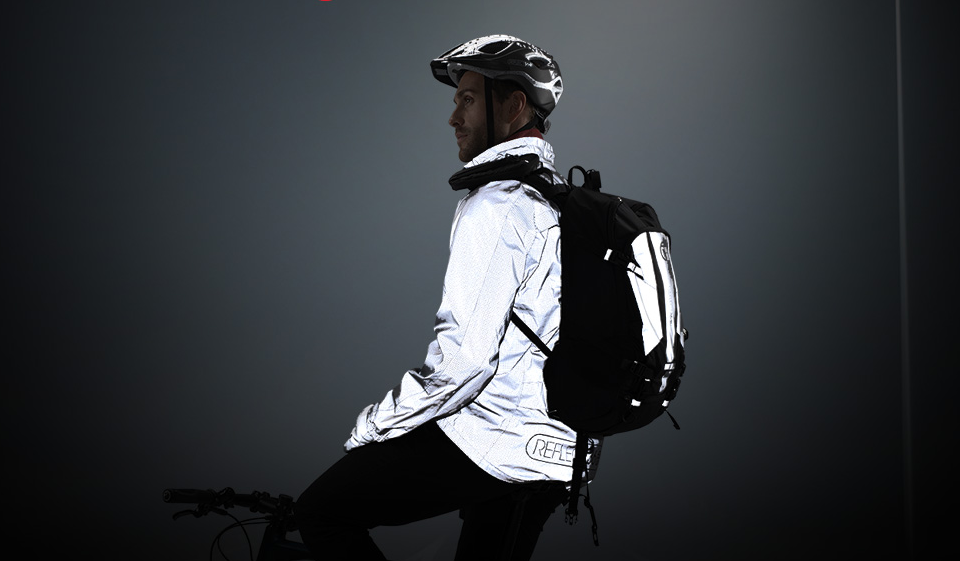



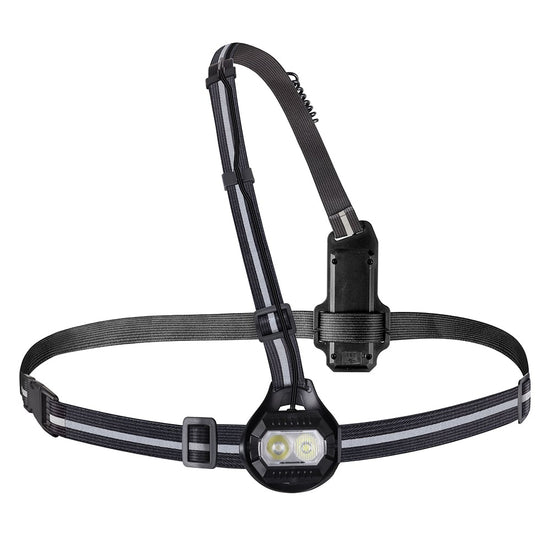
 British designed
British designed






